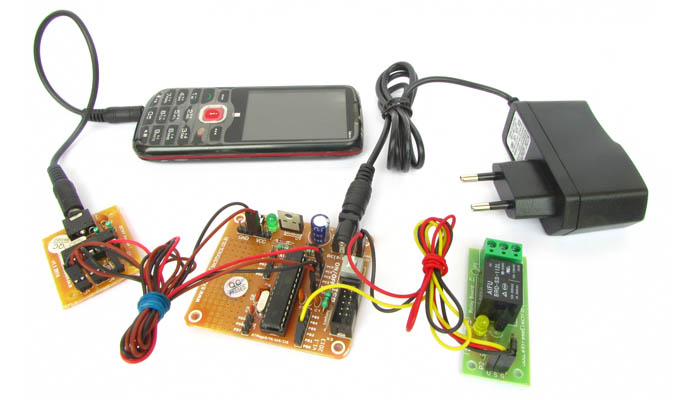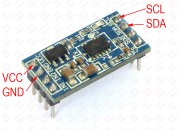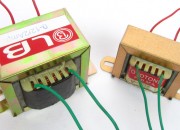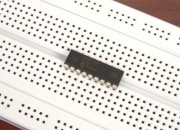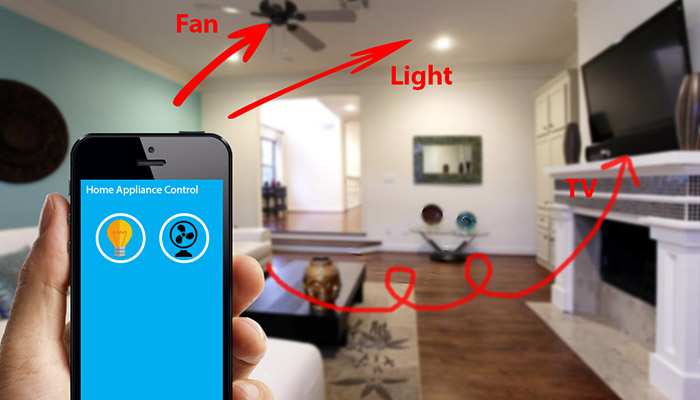
Bluetooth Control of Home Appliances
This article on DigitalWizard describes how you can easily make a system that can control your home appliances like lights, fans etc from your smart phone. The project is based on ATmega8 MCU which is a 28 pin high performance microcontroller from Atmel Corp. Communication between this system and the smartphone is over the Bluetooth network. Please click here to read more.


